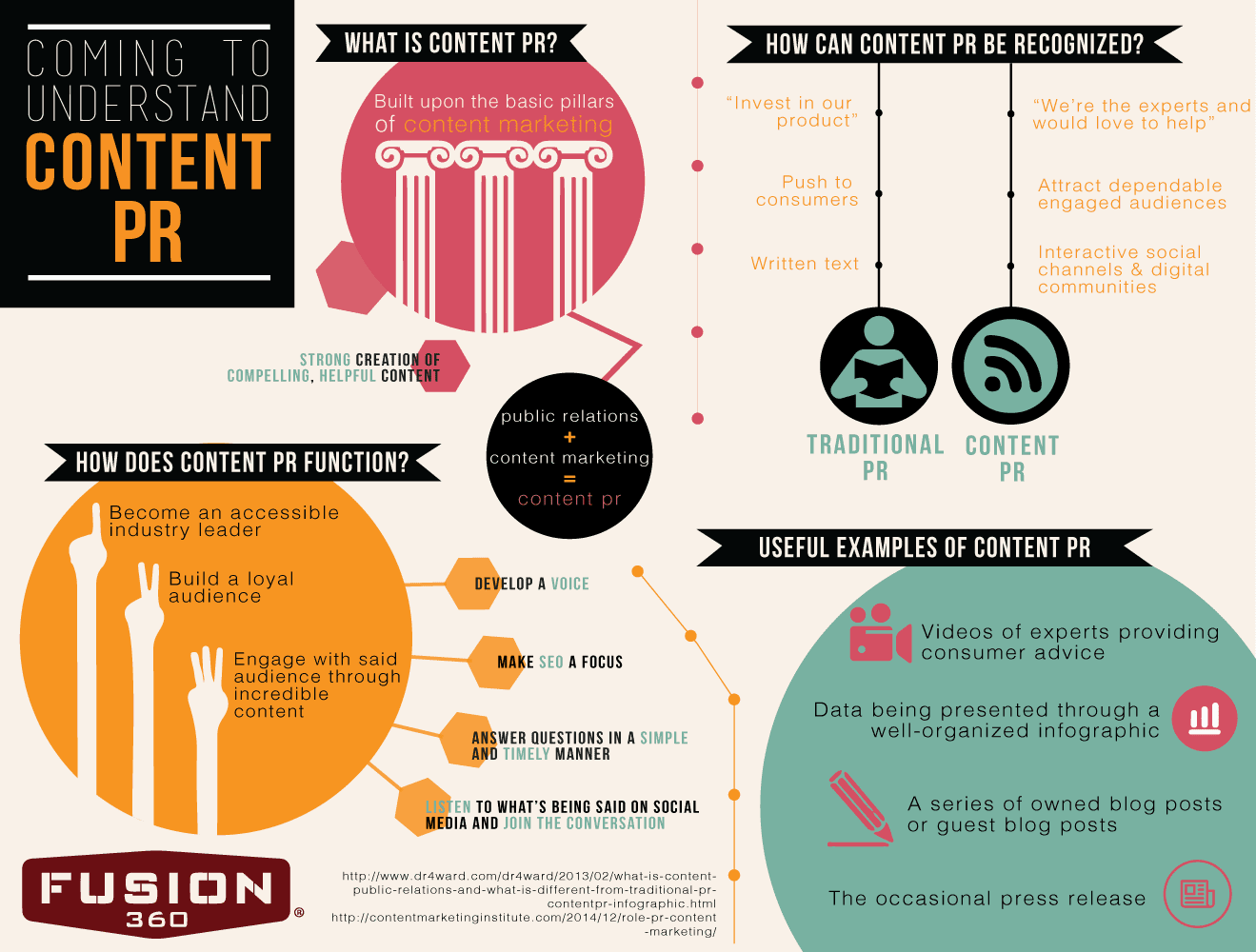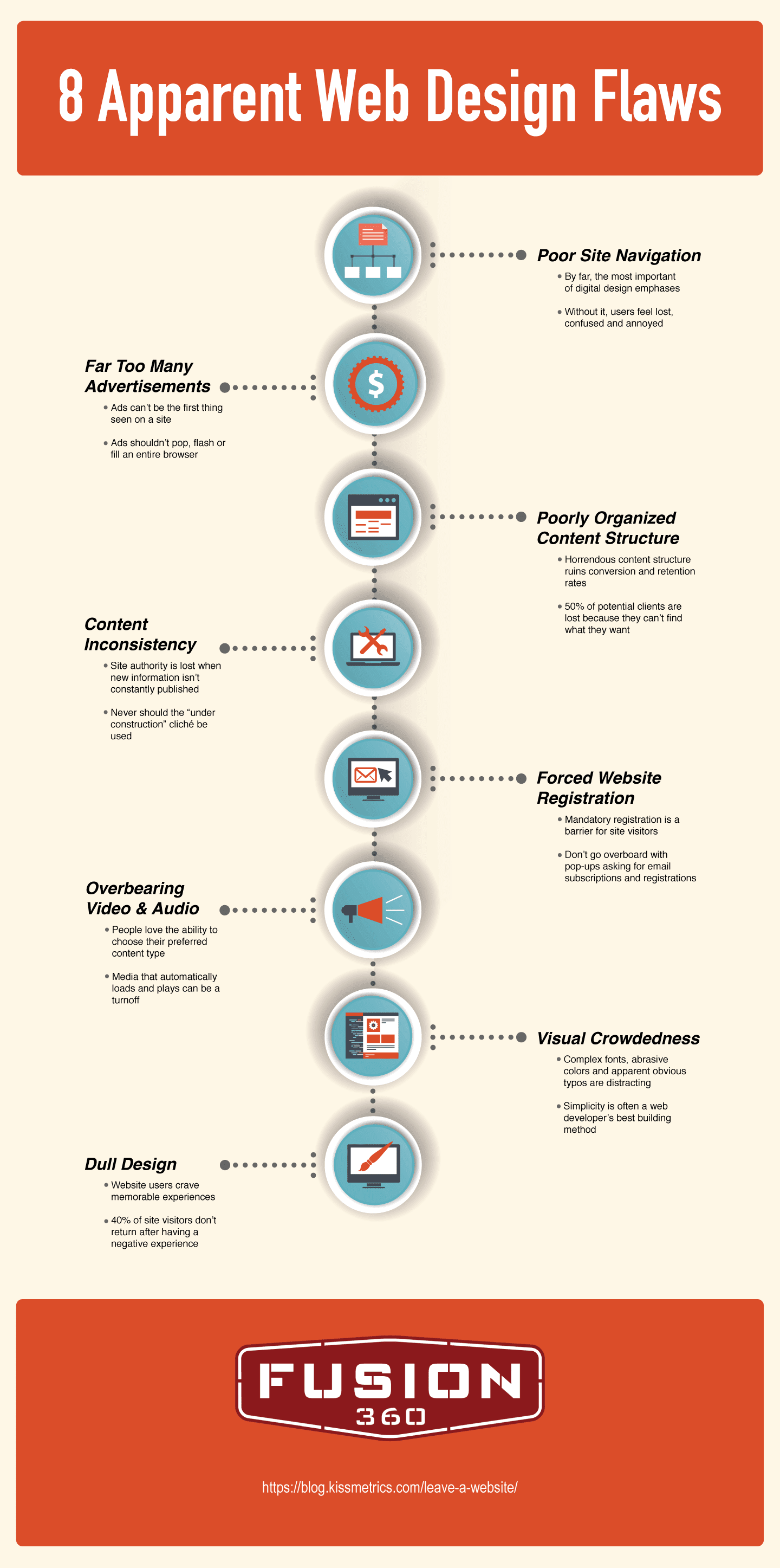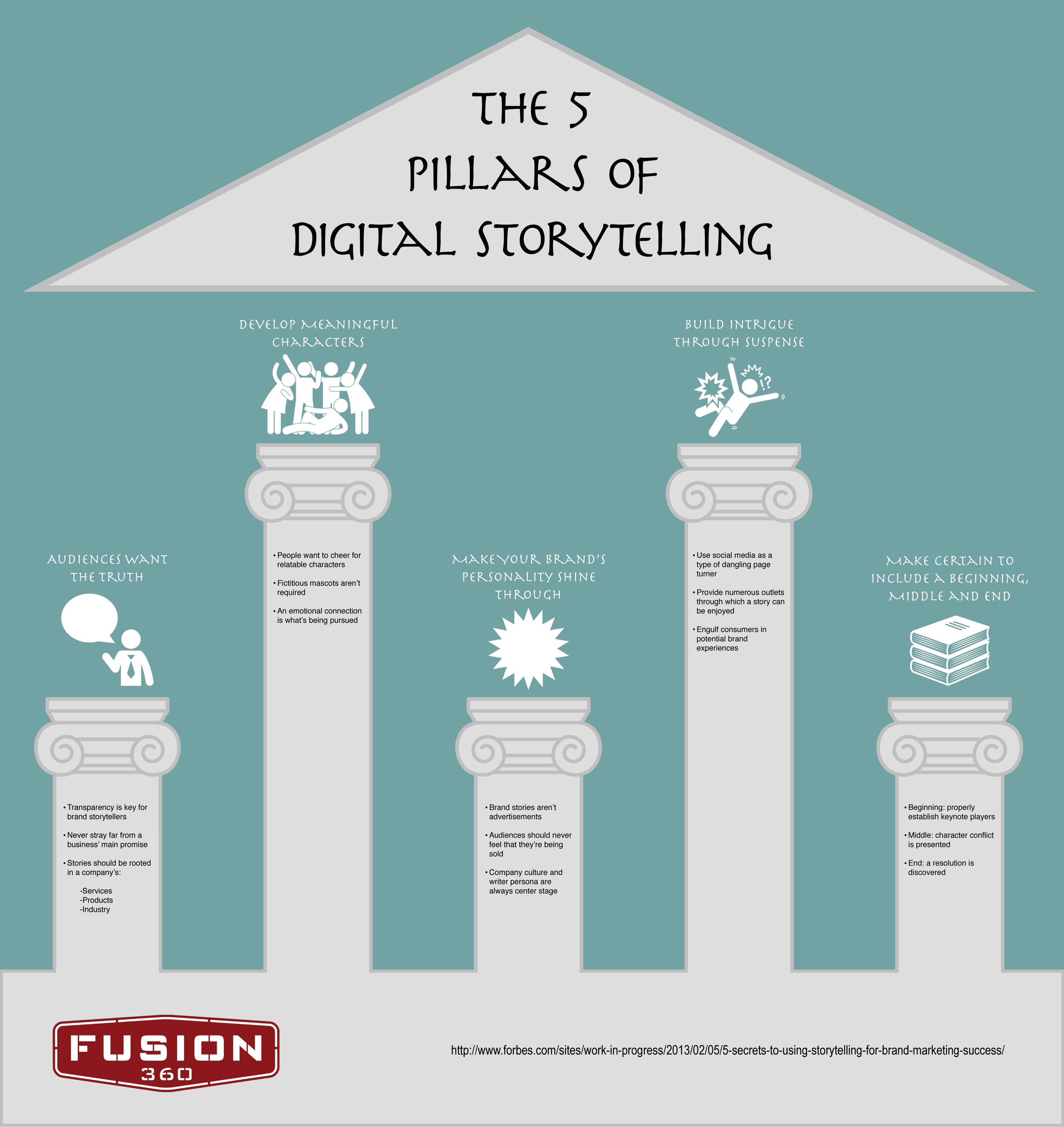Defining the subtle differences between advertising, marketing and public relations can be a difficult endeavor, even for the country’s most successful ad agencies. While answers certainly exist as to what barely separates and drives the booming communicative fields, most communications professionals have always felt that—on the flip side of things—content marketing and digital PR were held at opposite ends of the spectrum by way of huge distinguishing factors.
In reality, however, the overlap is prominent, to say the least. In fact, so joined at the hip are the two practices that—sooner, rather than later—you’re bound to hear the term “Content PR” being tossed around down at the office. Needless to say, whether it’s content marketing or digital PR that you consider your God-given forte, there’s bound to be a heavy mixture of both advertorial tactics.
As an improved spinoff of traditional marketing, content marketing is focused primarily on the creation and distribution of meaningful content which, when consumed, both engages and acquires a target audience. Interestingly enough, PR strives to do something very similar: build rapport and trust with a predetermined demographic. In time, as the aforementioned specialties continue to evolve, the dividing line of separation between content marketing and PR promises to become thin.
Distribution Is Just as Important as Production
Does the term “churnalism” ring a bell? You might’ve heard it mentioned a few times during an introductory journalism course in college or while working an entry-level gig at any one of America’s many ad agencies. “Churnalism” refers to a writing style that’s centered on quantity, rather than quality.
When done properly, content marketing needn’t be an activity in speedwriting; moreover, an exercise that aims to examine the questions and concerns of consumers—a very PR-driven concentration, in its own right—and address them through published content. Sure, production is important for content marketing to take effect, but it means absolutely nothing without sound distribution techniques.
This is where PR comes into play for marketing agencies. Content marketers and their respective agencies tend to allocate the majority of their publication efforts towards channels that they rightfully own and manage. Owned media helps with long-term growth, search-engine rank and becoming an industry-specific thought leader, but there’s more out there to be discovered.
On the other hand, PR spotlights the importance of earned media. Of the matter, says ContentMarketingInstitute.com, “Key elements of marketing are to attract an even greater audience, lead pool, and increasing brand awareness. While content marketing beefs up one’s owned-media outlets, PR bolsters earned media and likely garners new eyes for a brand.”
Brand Reputation Is Strengthened With Every Link Hit
Blogs are important and most content marketers already know it. They have to know it, seeing as how they spend countless hours crafting engaging posts for both blog subscribers and those who might stumble upon their site through random Google searches or social posts. With that in mind, however, blogs aren’t necessarily the most important thing for content marketers and the agencies at which they work.
Let’s say, for example, that the CEO of your tech startup has a new app update that he or she would like to announce to the world. Obviously, a well-written blog post should be crafted to help get the word out. When shared through a company’s numerous social platforms, people are going to learn not only what said update is and how it can help them, but how they can get their hands on it.
That being said, blogs aren’t always the perfect solution for agencies. The problem with blog posts lies in the fact that there’s a certain self-serving stigma that surrounds them. Now, imagine if The New York Times or The Wall Street Journal wrote a piece on your startup’s newest app update. Not only would more people know about it, but they’d be more inclined to believe that such an update could really help them. If this sounds like a worthwhile pursuit, go nab your closest PR representative and get to work on gaining coverage.
Content Marketers Must Think About the Bigger Picture
Writing purists will argue that the world’s greatest authors wrote, write or will write for writing’s sake. This sort of utilitarian approach is fine, but usually there’s a greater good that’s being accomplished. In the case of the aforementioned authors, making a living, providing for loved ones or presenting an important message all might take the proverbial cake as a main motivating factor.
As far as agencies are concerned, content marketing is no different. At its core is a heavy editorial skill set, but there’s so much more that’s being accomplished through the strategic writing process that’s often forgotten. Content marketing agencies must remember that they’re not writing to meet deadlines or to fulfill a quota; they’re working to better serve digital audiences healthy doses of incredible stories, industry-shaping news and groundbreaking ideas.
More often than not, PR helps content marketers fine-tune the emphasis being placed on the public. In the process, fresh insights, new angles and creative perspectives are formed and implemented.
Truthfully, it shouldn’t matter if it’s a basic blog composition or a bit for The Huffington Post, if a target group is kept in mind right from the very start, the end result will be worthy of everyone’s time and energy. With a similar goal driving both content marketing and PR, it won’t be long until “content PR” becomes a mainstay of any communications team.






